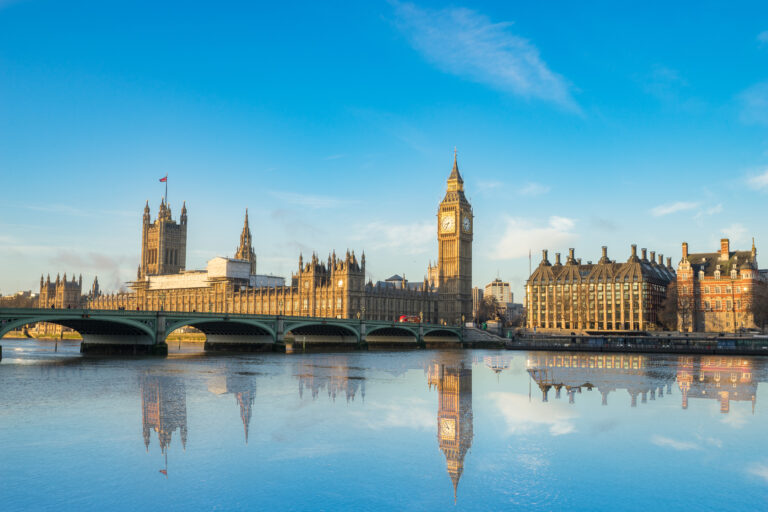
Go to section
Latest
View all

Events
See what’s coming up, register for the events that matters to you and discover our range of on-demand content.
See upcoming events
Podcasts
Essential listening for you and your organisation.
Discover our range of podcast series and subscribe to make sure you don’t miss an episode.
Listen now








